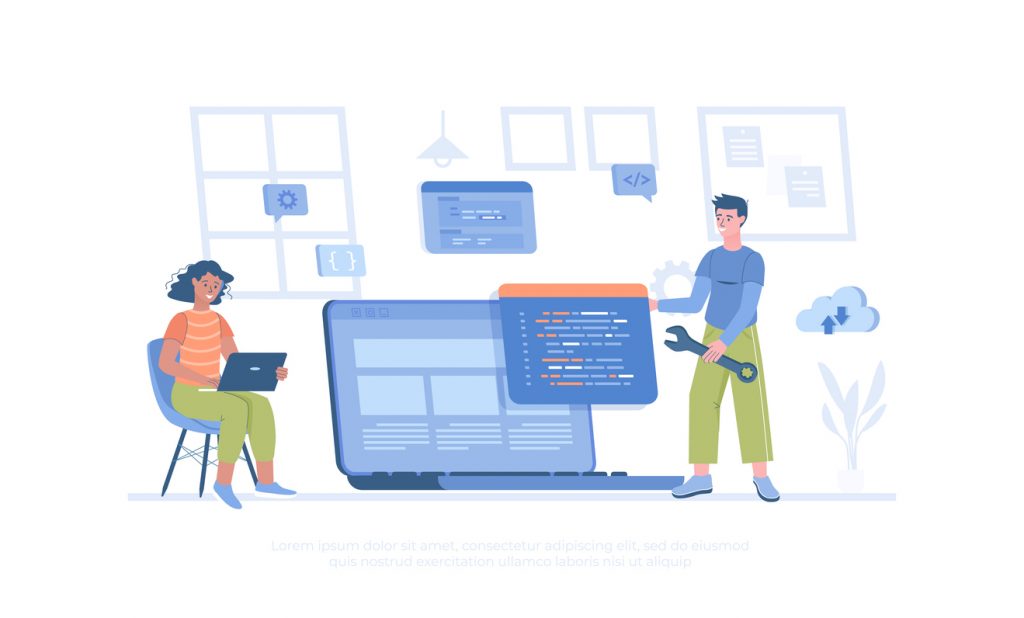Test impact analysis (TIA) is a technique that helps software teams accelerate test cycles by running only the tests needed for code changes. As software applications grow larger and more complex, test suites become slower, taking hours or days to run. This leads to frustrating bottlenecks that slow down development velocity. TIA provides a solution to long test runs by analyzing which tests are relevant for each code change.
What Is Test Impact Analysis?
Test impact analysis automatically determines which tests are related to code changes and need to be run. This allows teams to avoid executing their entire test suite when only a small portion is required to validate new code.
There are two main techniques used for TIA:
- Code coverage analysis – Examines which code is executed by each test. When code changes, the impacted tests can be run.
- Machine learning – Analyzes historical test runs to predict which tests are relevant based on code changes. Does not rely on static code analysis.
Either approach allows teams to create targeted test subsets that run much faster than full test suites. Test impact analysis is highly effective for accelerating the execution of slow integration tests, end-to-end tests, UI tests, and regression test suites.
Why Use Test Impact Analysis (TIA)?
Here are some of the key benefits of test impact analysis:
- Accelerate test execution – By running only relevant tests for each code change, you reduce test cycles dramatically from hours to minutes.
- Improve developer productivity – Faster test feedback helps developers iterate and merge code changes more rapidly.
- Reduce testing bottlenecks – Eliminates waiting on long test runs that delay development velocity.
- Optimize test maintenance – Makes it easier to manage tests by isolating the impact of code changes.
- Improve test coverage – Helps ensure critical tests are not skipped as test suites grow larger.
- Shift testing left – Enables running more rigorous validation earlier, improving quality.
- Balance risk – Provides confidence level metrics to balance test coverage versus speed.
Challenges of Traditional Testing
Manually determining test impact and selecting subsets is not practical for modern development. Traditional testing often suffers from the following:
- No insight into test relevance – Which tests should run for new features or bug fixes?
- Testing bottlenecks – Full test passes take too long to fit into development cycles.
- Low confidence – Will the subset find defects like the full suite would?
- Test maintenance burden – Hard to optimize and remove redundant tests.
- Insufficient validation – Critical paths are often not tested rigorously.
- Low test coverage – Expanding codebase is not adequately tested over time.
These inefficiencies lead to delayed releases, reduced quality, frustrated developers, and technical debt. Test impact analysis addresses these problems with automation.
Benefits of TIA
Here are some of the key ways test impact analysis improves software delivery:
- Accelerated developer feedback loops – Test relevant to code changes run in minutes instead of hours after each commit. Rapid validation improves developer productivity.
- Elimination of testing bottlenecks – TIA prevents slow test runs from blocking fast development iteration.
- Risk-based test selection – Select tests using machine learning based on the risk profile for optimal coverage and speed.
- Increased test coverage – Automated analysis prevents critical test gaps as codebases expand over time.
- Improved release velocity – Faster validation of code changes facilitates more frequent production deployments.
- Greater test visibility – Tests are easier to manage and optimize by isolating the impact of code changes.
- Higher release quality – Rigorous testing can shift earlier in the development lifecycle, preventing defects.
- Automated maintenance – Tests stay relevant as code evolves without frequent manual test triage.
Implementing TIA
Here are best practices for leveraging test impact analysis:
- Start small – Introduce a project with a problematic test suite and measurable pain points.
- Integrate into CI/CD pipeline – Test selection should run automatically on code changes.
- Validate coverage – Ensure selected subsets sufficiently exercise critical functionality.
- Monitor test metrics – Track key indicators like test runtimes, coverage, and failures over time.
- Tune test confidence – Adjust level based on release risk profile. Higher for production-facing changes.
- Review reports – Analyze which tests are commonly triggered and not triggered. Remove obsolete tests.
- Standardize conventions – Use consistent test naming, organization, and modularity patterns.
- Phase rollout – Expand from unit to integration to end-to-end testing over time.
How Appsurify’s Test Impact Analysis Works
At Appsurify, our TIA solution uses advanced machine learning trained on your test suites to select minimal sets of high-value tests tied to code changes. This makes it one of the best test impact analysis tools in the market today.
Here’s how it works:
- Connect Tests – Integrate your test suites and frameworks like Selenium, Cypress, JUnit, etc.
- Run Initial Sampling – Run your full test suite through our engine to build initial recommendations.
- Update Insights – Our ML models learn from new test runs to continuously improve predictions.
- Get Subsets – For a code change, our API returns small subsets of tests to run.
- Analyze Quality – View reports on performance, AI-Model Insights, confidence trends, and other insights.
- Set it and Forget it! Let Appsurify auto select & execute the appropriate tests on a per Change basis!
With Appsurify’s TIA, teams reduce regression testing time by 80% or more without compromising coverage. The risk-based confidence approach gives precise control over the speed versus rigor tradeoff. Integrations with every major CI/CD tool make it easy to shift test subsets left.
Use Appsurify’s Test Impact Analysis
Test impact analysis transforms software delivery by enabling smart, scalable test automation. Appsurify leverages advanced AI to analyze your test history and recommend optimized subsets tied to code changes. This eliminates regression test bottlenecks, improves developer productivity, and reduces release risk.
You can radically accelerate test cycles by running only tests relevant to code changes. This helps developers move faster while improving overall test coverage and release quality. Teams struggling with slow test suites should consider test impact analysis as a way to remove bottlenecks. To learn more about optimizing test execution with Appsurify’s test impact analysis, book a free demo today.


